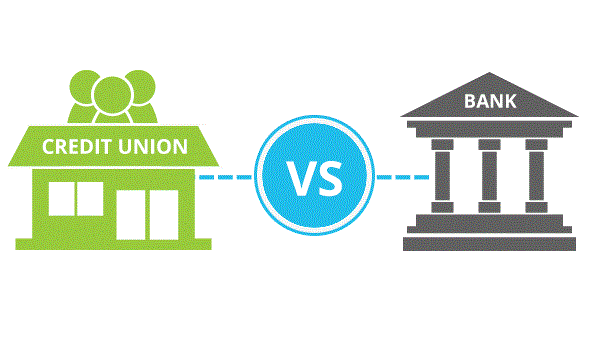
Nearly half of all Americans with an account at a financial institution hold that account at a credit union. Many who don’t (and some who do) are not entirely clear on how credit unions differ from banks. Here is a quick primer.
The history of banking traces back 4,000 years to Mesopotamia. The 18th century BCE Code of Hammurabi contains the first recorded regulations on money lending. Over time, local temples became depositories for gold, and priests began making loans from the temple treasury. So began what is essentially modern banking.
By the 4th century BCE, privately-held banks proliferated in Greece, taking deposits and making loans, but also verifying purity of coins and exchanging foreign money.
Since that time, banking has been a for-profit enterprise, expressly committed to maximizing returns to shareholders, just like any major corporation or mom-and-pop store. By the early 20th century, small and particularly rural borrowers felt they had been overlooked or excluded from the lending decisions of banks. One way to address the perceived deficiency was to create a financial cooperative whereby local residents could pool their savings and lend to each other.
The concept of a not-for-profit lending cooperative began in Germany in 1848, and the idea made its way to the United States around the turn of the century. The first American credit union opened its doors in Manchester, New Hampshire in 1909 as the St. Mary’s Cooperative Credit Association.
Not long thereafter, Massachusetts enacted legislation to support the expansion of the concept statewide. By 1920, there were 19 credit unions operating in the state.
What became known as the “credit union movement” gained momentum, with 1,100 coops in 32 states by 1930. President Roosevelt signed the Federal Credit Union Act in 1934 which established a national framework for granting charters to federal credit unions.
The principle behind the credit union is membership. Since they are not-for-profit cooperatives, there is no overriding profit motive. Members benefit from higher deposit rates and lower loan interest rates than typical bank customers. Boards of directors serve as volunteers and are elected by the members, and any surplus operating revenue is returned annually to the members as a dividend. Deposits are insured by the National Credit Union Administration (NCUA) to $250,000, the same amount covered under FDIC insurance at commercial banks. In recent years, other bank-like services including electronic transfers, bill payment and ATM access have become common. CUs have increased business lending, but are still limited by law to a fixed share of deposits.
Membership eligibility is defined by particular affiliations. This could be fraternal orders, educational institutions or districts, employers, military branches, and so on. Today, some credit unions define eligibility by geography, for example living or working within a city, county or regional area. Virtually everyone is eligible to participate by dint of occupation, association or residency.
The number of credit unions peaked at nearly 24,000 in 1969 and has declined steadily since. Consolidations due to increased administrative cost, intensified regulatory burden and recapitalization following the financial crisis have combined to drastically contract the number of CUs. According to the NCUA, 5,757 credit unions exist today serving 104 million members.
Choosing between a bank and a credit union necessarily involves tradeoffs. In many ways, credit unions resemble community banks, with a limited footprint and smaller scale than regional or national banks, but do not seek a profit and are more limited in their available services.
Credit unions differ from banks in their organization and service offerings. Consumers clearly benefit from having a choice that best suits their needs.

